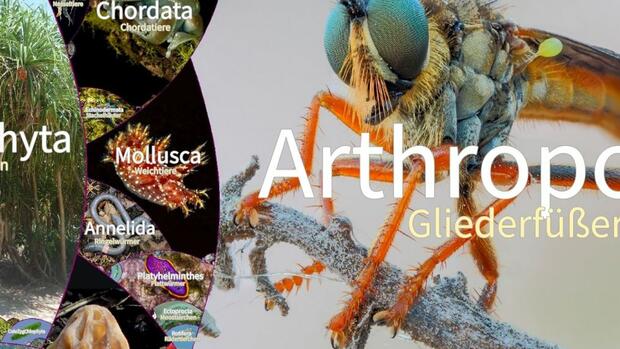Leipzig The examples are just a tiny section of what scientists from the German Centre for Integrative Biodiversity Research have compiled as part of their Lifegate project.
According to the information, the digital map includes all 2.6 million known species of planet Earth and shows “the whole variety of life in thousands of photos”.
Using the slider along the rank levels
The map is not a geographical one, but a so-called taxonomic one. It does not show distribution areas, but the closest relatives of a species. To do this, use a slider along the biological rank levels species, genus, family, order, class, tribe and domain. This allows zooming in and out of the map.
Animal, plant or mushroom names can be entered in a search field. For example, you can find out that horses are closely related to pangolins or tapirs, or man is closest to the common chimpanzee and the bonobo.
The result of years of work
Since 2008, scientists have been working on their world map of biodiversity. They rely on pedigrees of nature, which biologists describe in so-called phylogenies.
So far, around 6000 people from all over the world have provided animal photos for the non-commercial project, but some species are still missing photos. If you like, you can support the project with pictures.
In the future, different views of each type should be able to be selected, including detailed photographs or footprints.








